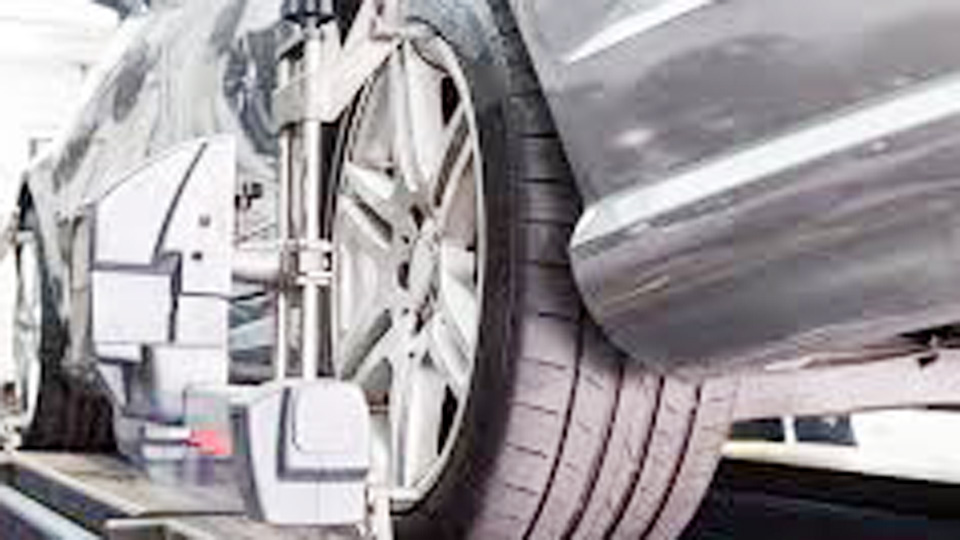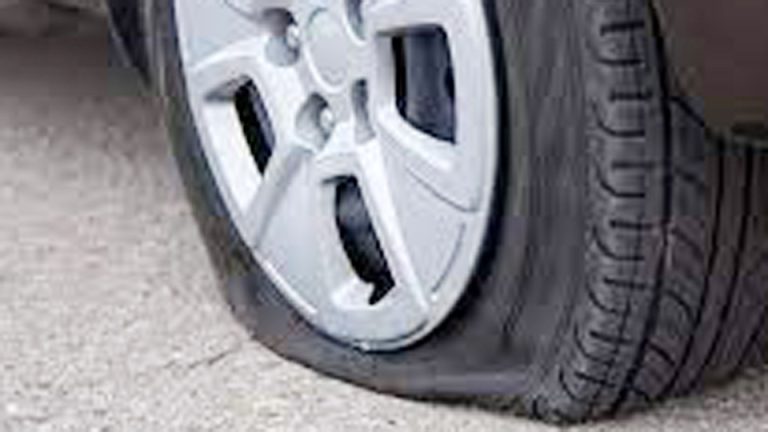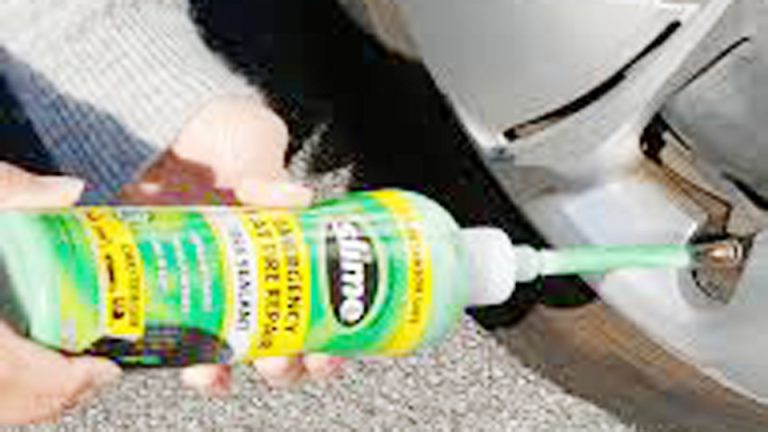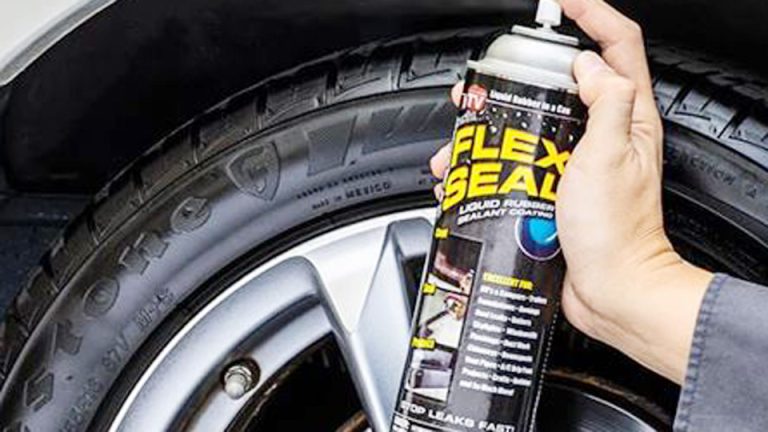When your car wheels are unbalanced, you’ll feel it—usually as a vibration in the steering wheel, seat, or floorboard once you get up to speed. A lot of drivers think it’s just an annoyance, but in my garage, I’ve seen firsthand how unbalanced wheels can cause bigger problems if ignored. What’s really happening is that one part of the wheel-and-tire assembly is heavier than the rest, so as it spins, that uneven weight throws everything off.
The result? Extra stress on your suspension and steering components, uneven tire wear, reduced fuel efficiency, and in some cases, dangerous handling at highway speeds. I’ve had customers come in with tires that should’ve lasted another 20,000 miles, but because they drove too long with unbalanced wheels, the tread wore down unevenly and the tires had to be replaced early.
The fix is simple: balancing the wheels by adding small weights to even out the rotation. In this guide, I’ll break down exactly what happens when your car wheels are unbalanced, the symptoms you should watch for, and why getting them checked regularly saves you money, improves safety, and makes every drive smoother.

Image by breakerlink
Why Wheel Balance Matters for Your Car
What Is Wheel Balance and Why Does It Matter?
Wheel balance refers to the even distribution of weight around your car’s wheel and tire assembly. When you mount a tire on a rim, it’s rarely perfectly balanced. Even tiny differences in weight—think a few ounces—can cause vibrations when the wheel spins at high speeds. In my shop, I’ve seen new tires fresh from the factory with slight imperfections, or rims that get dinged up from potholes, throwing everything out of whack.
Properly balanced wheels ensure your car drives smoothly, your tires wear evenly, and your suspension components don’t take a beating. Unbalanced wheels? They’re like a washing machine on spin cycle—shaking, rattling, and wearing out everything faster than it should.
Why It Impacts Safety, Performance, and Costs
Unbalanced wheels aren’t just annoying; they’re a safety hazard. That vibration you feel in the steering wheel or seat can make it harder to control your car, especially at highway speeds. I’ve had customers come in complaining about a shaky ride, only to find their unbalanced wheels were causing uneven tire wear, reducing traction. This can lead to blowouts or poor handling in emergencies.
From a performance standpoint, unbalanced wheels stress your suspension—think shocks, struts, and tie rods—leading to premature failure. And the cost? Uneven tire wear means replacing tires sooner, which can run you $100–$200 per tire for a typical sedan. Add in potential suspension repairs, and you’re looking at a bill that could’ve been avoided with a $20–$40 wheel balance.
Signs Your Car Wheels Are Unbalanced
Common Symptoms of Unbalanced Wheels
Spotting unbalanced wheels early can save you a headache. Here’s what to look for, based on my years of diagnosing cars in the shop:
Vibration in the Steering Wheel: If your steering wheel shakes, especially at speeds above 40–50 mph, it’s often a front wheel imbalance. I’ve had customers describe it as feeling like their car is “dancing” on the road.
Vibration in the Seat or Floor: Shaking felt in the driver’s seat or floorboard usually points to rear wheel issues. One customer swore their truck was “possessed” until we balanced the rear tires.
Uneven Tire Wear: Check your tires for bald spots or uneven tread. If one side of the tire is worn more than the other, it’s a classic sign of imbalance. I’ve seen tires go from “good for another year” to “replace now” in just a few months because of this.
Noisy Ride: A humming or thumping noise that gets worse with speed can indicate unbalanced wheels. It’s not always loud, but it’s noticeable if you’re paying attention.
Poor Fuel Efficiency: Unbalanced wheels make your car work harder, burning more gas. I once helped a guy with a Ford F-150 who was losing 2–3 MPG because of unbalanced tires.
When to Check for Wheel Imbalance
You don’t need to wait for a problem to check your wheel balance. I recommend getting it done:
- Every time you rotate your tires (every 5,000–8,000 miles).
- After hitting a pothole or curb (trust me, it happens to the best of us).
- When installing new tires or rims.
- If you notice any of the symptoms above.
I’ve seen customers ignore these signs, thinking it’s “just how the car drives.” Don’t make that mistake—catching it early is cheaper and safer.
Why Wheel Imbalance Happens and When to Fix It
What Causes Wheel Imbalance?
Wheels go out of balance for a few reasons, and I’ve seen them all in the garage:
Tire Wear: Normal driving wears tires unevenly, especially if you skip rotations. I’ve pulled tires off a Chevy Silverado that looked like they’d been through a war zone because the owner never rotated them.
Rim Damage: A bent rim from a pothole or curb can throw off balance. I once worked on a Honda Civic with a rim so warped it looked like modern art.
Lost Wheel Weights: Those little metal clips or adhesive weights on your rims can fall off. I’ve found wheels missing weights after a car wash or off-road adventure.
Improper Installation: If tires aren’t mounted correctly, they can be off-balance from the start. I’ve fixed plenty of “new tire” vibrations caused by sloppy work at discount shops.
Manufacturing Defects: Even brand-new tires or rims can have slight imperfections. It’s rare, but I’ve seen it with budget brands.
When to Balance Your Wheels
You need to balance your wheels as soon as you notice symptoms or after any event that could throw them off, like new tire installation or hitting a pothole. Most shops, including mine, recommend balancing every 5,000–10,000 miles as part of routine tire maintenance. If you’re a DIYer, you can check for imbalance by jacking up the car and spinning each wheel by hand to feel for wobble, but a professional balancing machine is the only way to get it perfect.
OEM vs. Aftermarket Wheel Balancing Options
OEM Wheel Weights and Balancing
Original Equipment Manufacturer (OEM) wheel weights are the ones your car came with from the factory. For example, Toyota, Ford, or GM use specific weights designed for their rims, ensuring a precise fit and balance. They’re usually high-quality, corrosion-resistant, and tailored to your vehicle’s specs.
Pros of OEM Wheel Weights:
- Perfect compatibility with your car’s rims.
- Often more durable, especially for luxury brands like BMW or Mercedes.
- Factory-tested for balance accuracy.
Cons:
- Expensive—$5–$10 per weight, plus labor.
- Harder to find for older models (I’ve spent hours hunting for OEM weights for a 2005 Dodge Ram).
- Not always necessary for budget cars or basic driving needs.
Aftermarket Wheel Weights and Balancing
Aftermarket weights are made by third-party companies like 3M, Perfect Equipment, or Bada. They come in clip-on or adhesive styles and are widely available at shops like Tire Rack or AutoZone. You can also find balancing kits for DIYers, though I don’t recommend them unless you’ve got a balancing machine at home.
Pros of Aftermarket Wheel Weights:
- Cheaper—$1–$3 per weight.
- Widely available for all vehicle types, from sedans to trucks.
- Good enough for most daily drivers.
Cons:
- Quality varies. I’ve seen cheap weights corrode or fall off after a few months.
- May not fit as precisely as OEM, especially on high-end rims.
- Some brands use lead, which isn’t eco-friendly (check for zinc or steel instead).
Comparison Table: OEM vs. Aftermarket Wheel Weights
| Feature | OEM Wheel Weights | Aftermarket Wheel Weights |
|---|---|---|
| Cost | $5–$10 per weight | $1–$3 per weight |
| Compatibility | Perfect for specific make/model | Universal, may need adjustments |
| Durability | High, corrosion-resistant | Varies, some corrode or detach |
| Availability | Dealerships, limited aftermarket | AutoZone, Tire Rack, local shops |
| Best For | Luxury cars, OEM rims | Budget cars, DIY repairs |
My Take from the Shop
I’ve used both OEM and aftermarket weights, and honestly, for most cars (think Honda Accords or Ford Escapes), aftermarket weights from a reputable brand like 3M work fine. But if you’re driving a high-performance car or something with custom rims, stick with OEM to avoid headaches. Last year, I had a customer with a Mustang GT who cheaped out on weights—two months later, he was back with a vibration because the adhesive weights peeled off.
How to Balance Your Car Wheels: Installation and Maintenance Tips
Step-by-Step Guide to Wheel Balancing
If you’re taking your car to a shop, they’ll handle this with a balancing machine. But if you’re curious about the process (or want to know what to watch for), here’s how it’s done:
Remove the Wheel: The tire is taken off the car and mounted on a balancing machine. I always double-check for debris or old weights stuck on the rim.
Spin the Wheel: The machine spins the wheel at high speed to detect imbalances. It’s like a high-tech spin-the-bottle, showing exactly where the wheel is heavy.
Add Weights: The technician attaches clip-on or adhesive weights to the rim to counterbalance heavy spots. I’ve seen techs eyeball this and mess it up—insist on a digital balancer.
Test and Adjust: The wheel is spun again to confirm balance. A good shop will get it within 0.1 ounces of perfect.
Remount the Wheel: The tire goes back on the car, torqued to the manufacturer’s specs (usually 80–100 ft-lbs for most cars).
Pro Tip: Always ask the shop to show you the balancer’s readings before and after. I’ve caught lazy techs skipping the final test spin, and it makes a difference.
Tools You’ll Need
For DIYers or pros, here’s what you need:
- Balancing Machine: $500–$5,000 for a decent one (not practical for home use).
- Wheel Weights: Zinc or steel, clip-on or adhesive ($10–$20 for a pack).
- Torque Wrench: To tighten lug nuts properly ($30–$100).
- Jack and Jack Stands: For safe wheel removal ($50–$150).
If you’re not equipped, take it to a shop. Most charge $10–$20 per wheel for balancing, and it’s worth every penny.
Common Mistakes to Avoid
- Skipping Tire Rotation: Balancing won’t fix uneven wear if you don’t rotate your tires regularly.
- Using Cheap Weights: Low-quality weights fall off or corrode. I’ve seen this on budget tire shop jobs.
- Ignoring Rim Damage: A bent rim needs repair or replacement before balancing. I once wasted an hour trying to balance a warped rim before realizing the issue.
- Wrong Torque: Over- or under-tightening lug nuts can cause vibrations. Always use a torque wrench.
Maintenance Tips to Keep Wheels Balanced
- Rotate tires every 5,000–8,000 miles to prevent uneven wear.
- Inspect rims for dents or cracks after hitting potholes.
- Clean wheels regularly to avoid debris buildup, which can throw off balance.
- Check wheel weights during oil changes to ensure they’re secure.
Identifying Genuine vs. Fake Wheel Weights
Counterfeit wheel weights are a real issue, especially with online purchases. I once ordered a batch of “OEM” weights for a Toyota Corolla from a sketchy eBay seller—half of them were lead instead of zinc and started rusting in weeks. Here’s how to spot the real deal:
Check the Material: Genuine weights are usually zinc or steel, not lead. Lead is softer and often has a dull finish.
Look for Branding: OEM weights often have the car manufacturer’s logo or part number. Aftermarket brands like 3M or Perfect Equipment have clear labeling.
Buy from Reputable Sources: Stick to AutoZone, Tire Rack, or dealerships. Avoid no-name online sellers.
Weight Accuracy: Genuine weights are precise (e.g., 0.25 oz, 0.5 oz). Fakes may be inconsistent—test them with a small scale if you’re suspicious.
Anecdotes from the Garage
One of my favorite stories is from a customer with a 2018 Jeep Wrangler. He came in complaining about a “wobble” at 60 mph. I checked the tires, and sure enough, the front wheels were so out of balance it was like they were trying to escape. Turned out, he’d taken it off-roading and lost two wheel weights in the mud. A quick balance fixed the issue, and he was back to tearing up trails. It’s moments like that—diagnosing a problem and sending a happy driver on their way—that make this job rewarding.
Another time, a DIYer brought in his Subaru Outback after trying to balance his wheels at home with a “bubble balancer.” The poor guy spent hours and still had a shaky ride. We put the wheels on our digital balancer, added a few ounces of weight, and it drove like new. Moral of the story? Leave balancing to the pros unless you’ve got the right tools.
Conclusion: Keep Your Wheels Balanced for a Smoother, Safer Ride
Unbalanced wheels are more than just a nuisance—they’re a threat to your car’s safety, performance, and your bank account. By catching the signs early (vibrations, uneven wear, or noise), you can avoid costly repairs like new tires or suspension components. Whether you’re a DIY mechanic or just a car owner, regular wheel balancing—every 5,000–10,000 miles or after any rough ride—should be part of your maintenance routine.
When choosing wheel weights, go with reputable aftermarket brands for budget cars or OEM for high-end models. And always double-check the shop’s work to ensure they’re using a digital balancer.
FAQ: Common Questions About Unbalanced Car Wheels
What Are the First Signs of Unbalanced Wheels?
Vibrations in the steering wheel or seat, especially at highway speeds, are the most common signs. You might also notice uneven tire wear or a humming noise. Check your wheels as soon as you spot these to avoid bigger issues.
How Often Should I Balance My Wheels?
Balance your wheels every 5,000–10,000 miles, during tire rotations, or after hitting a pothole. New tires or rims should always be balanced during installation.
Can I Drive With Unbalanced Wheels?
You can, but it’s not safe. Unbalanced wheels cause vibrations, uneven tire wear, and stress on your suspension, leading to costly repairs. Get them balanced ASAP.
Are Aftermarket Wheel Weights as Good as OEM?
For most cars, reputable aftermarket weights (like 3M or Bada) are fine and cost less. OEM weights are better for luxury or high-performance cars due to their precise fit and durability.
How Much Does Wheel Balancing Cost in the USA?
Expect to pay $10–$20 per wheel at most shops, or $40–$80 for all four. Prices vary by region and shop, but it’s a small price to pay for safety and tire longevity.



